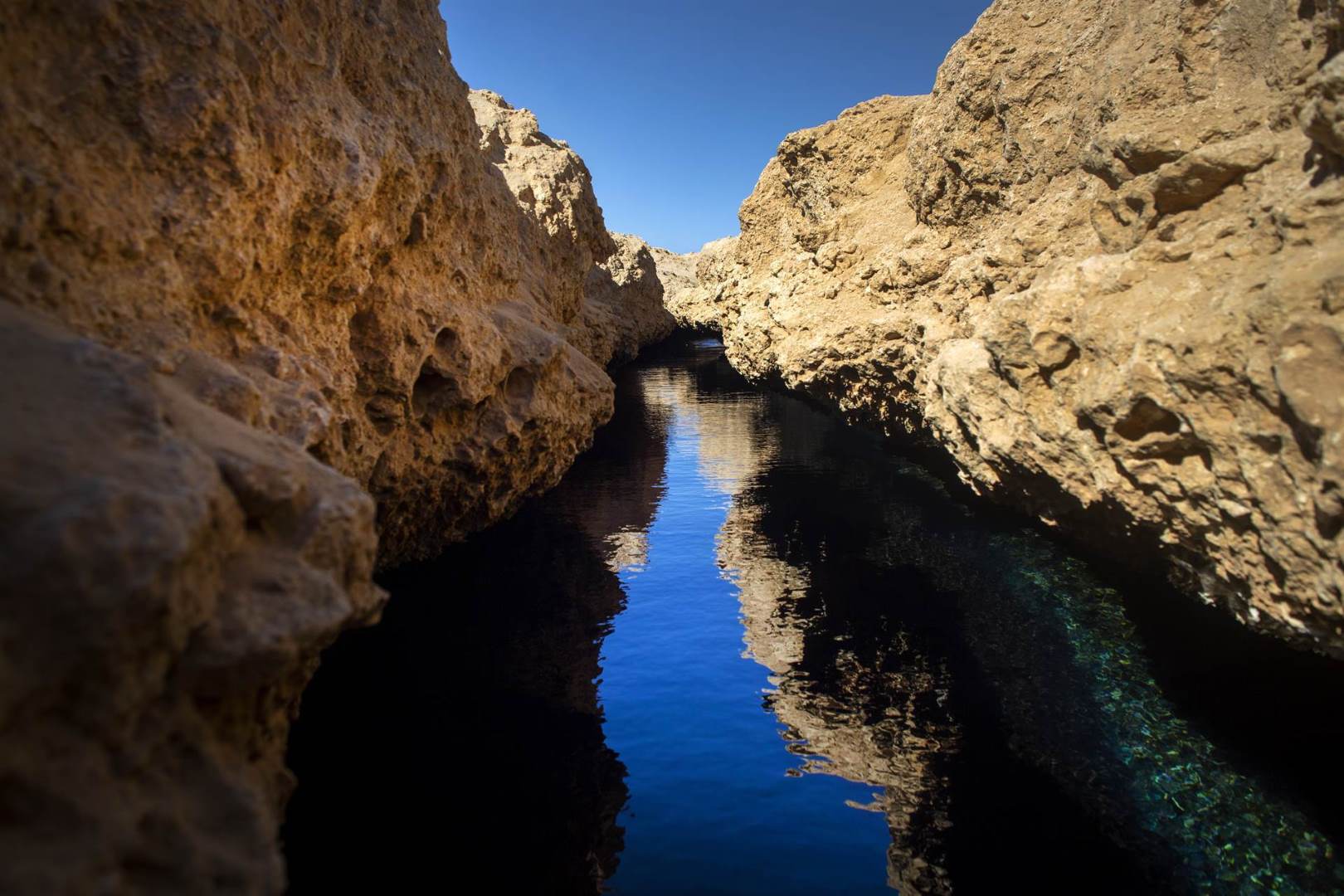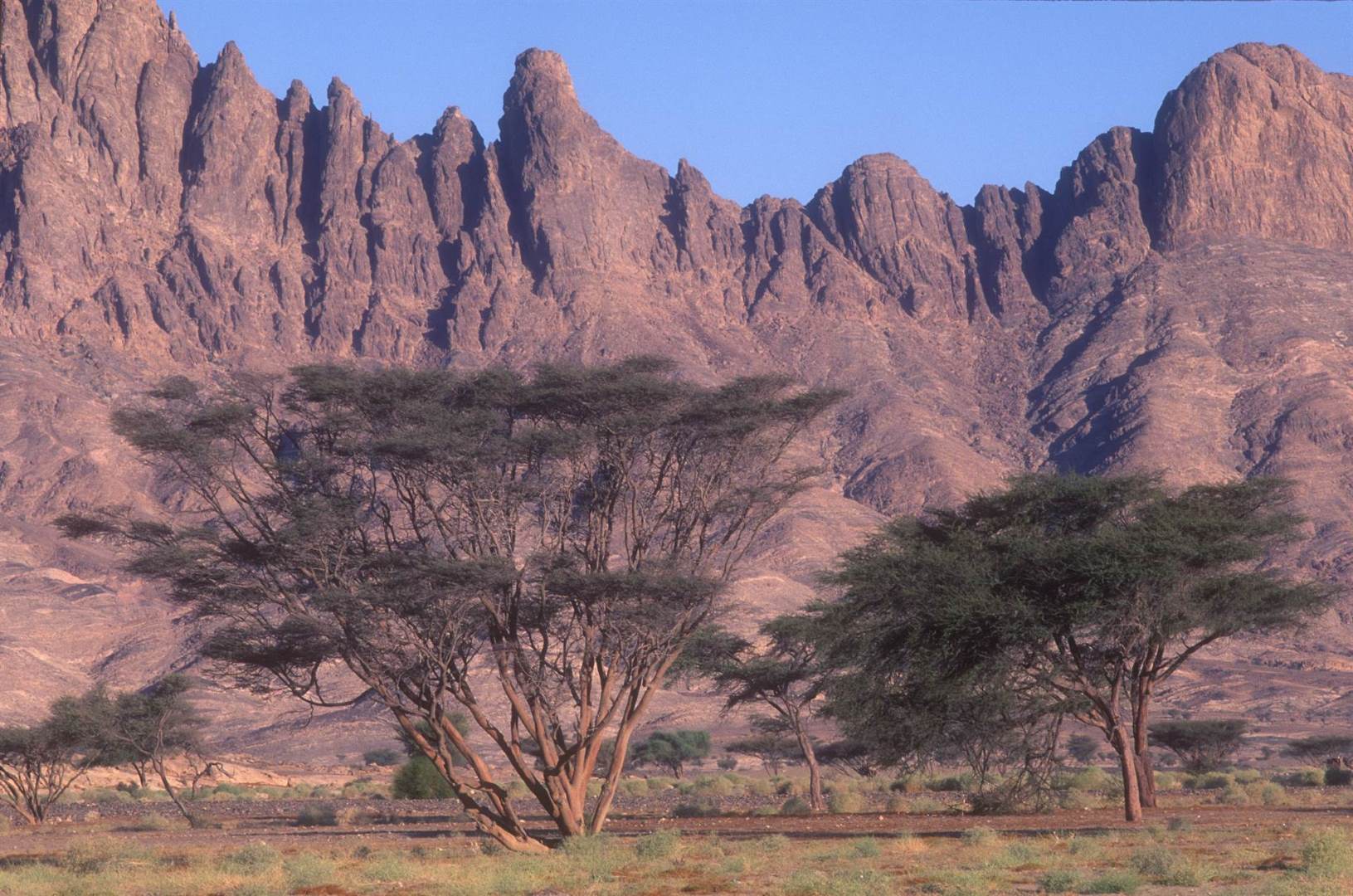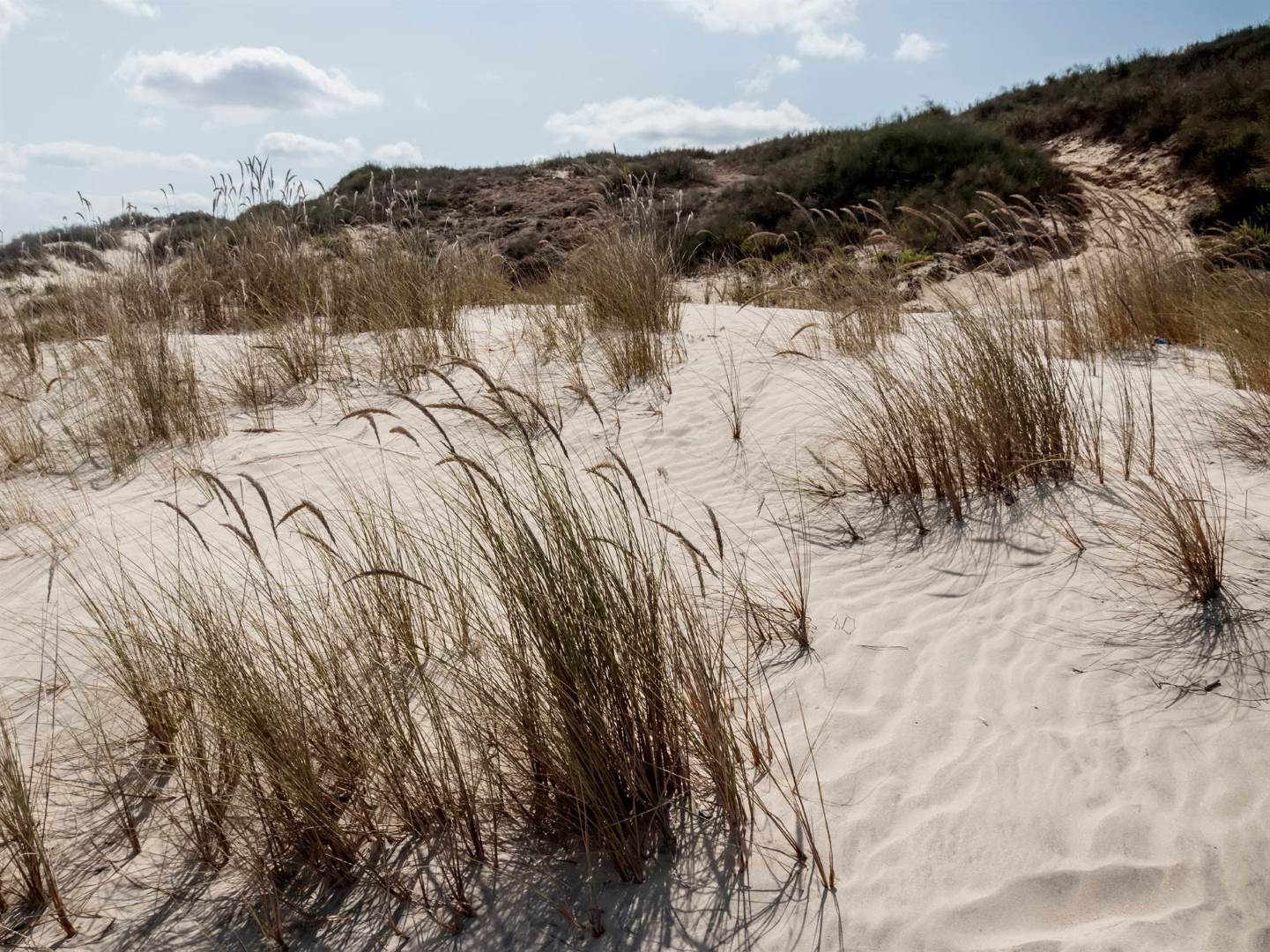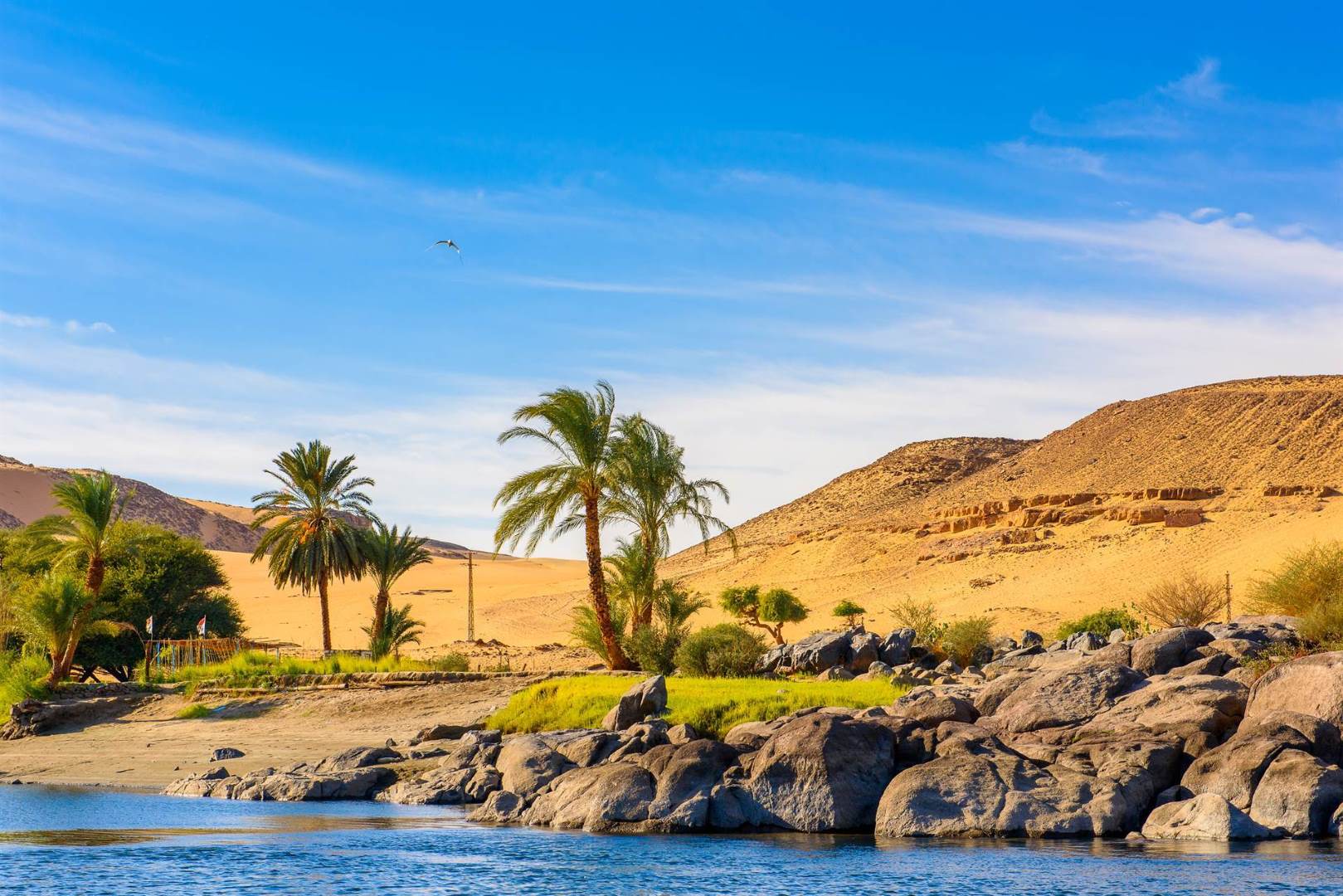Explore Egypt’s rich natural and cultural heritage across 30 protected areas.

The southernmost tip of the Sinai Peninsula, Ras Muhammad is an 850 km2 fossilized coral headland that lies between the rich coral reefs of the Red Sea and the inland desert that was declared as a Protected Area in 1983. Home to an abundance of wildlife such as the Sea Turtle, Clownfish, Giant Moray Eel, and the Sooty Falcon. Ras Muhammad enjoys a unique set of ecological and geological features, along with a thriving mangrove forest that have made it a popular destination for decades.

On the northern coast of the Sinai Peninsula lies the beautiful Zaranik Lagoon. A favourite location for migrating water birds, this unique lagoon contains small inlets that support dense vegetation. Bordering the eastern end of Lake Bardawil, the Zaranik Lagoon is a migratory haven for threatened bird species like the Corncrake and Pallid Harriers. Endowed protected status in 1985, this 230 km2 lagoon also hosts small populations of the threatened Egyptian Tortoise and the Loggerhead Turtle species.

The Ahrash Protected Area sits along the Mediterranean coastline, distinguished by 60m-high sand dunes and plenty of vegetation, including a range of herbs, grasses, and Acacia trees. In order to feed their livestock and maintain sand stabilization in this desert landscape, local Bedouin communities consistently cultivate this area. Due to its high coastal sand dunes and fragile ecosystem, this area was declared a Protected Area in 1985.

Nestled between two tropical and arid regions, Elba Protected Area is known for its unique location and microclimate. The area’s main attraction, Gebel Elba, or Mt. Elba, measures approximately 1,437m high and enjoys plenty of mountainous precipitation. In turn, this moisture-rich region flourishes with rich flora and fauna. Home to rare bird species and sub-saharan mammals like the Zoril and the Aardwolf, this massive 35,600 km2 Protected Area hosts exceptional biodiversity.

A vast coastal desert along the Mediterranean Sea, the Omayed Biosphere Reserve is renowned for having the richest, most abundant flora in Egypt. Divided into sections, half of this 700 km2 reserve is dedicated to small-scale farming, with the rest free for activities and exploration. Endowed with protected status in 1986 for its diverse collection of flora and fauna, and later designated by UNESCO as a Biosphere Reserve, El Omayed attracts biologists and geologists alike for the area’s unique research opportunities. The topography of this region includes coastal dunes, limestone ridges, depressions, and an inland plateau.

The last remnants of Nilotic vegetation, which dominated the Nile Valley for centuries, is preserved here in the Saluga and Ghazal Protected Area located in the Aswan Governorate. These two small granite islands house over 94 species of flora, including five different kinds of Acacia tree species. This rich vegetation also provides welcome refuge for wintering birds like the Pintail and the Grey Heron. Endowed protected status in 1986, this wetland landscape boasts exceptional natural heritage.

